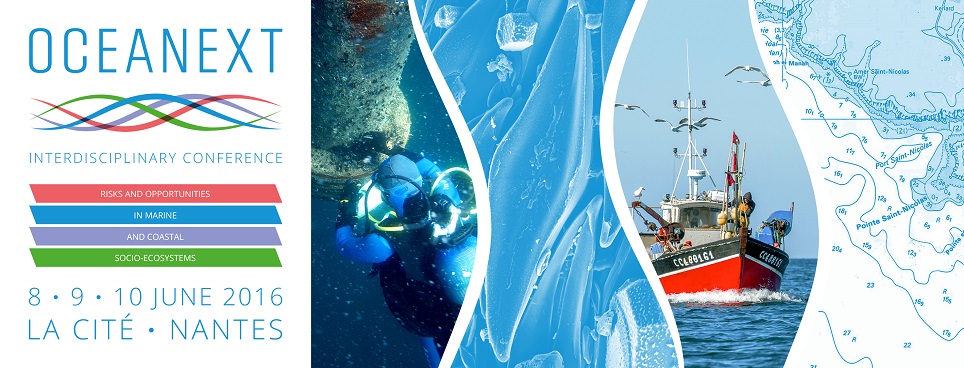The photobioreactors technology can be intensified by reducing the thickness of the flat photobioreactors (Souliès, 2014). This operation will allow to reduce the amount of water used for the process and in the same time to decrease the operating costs. In these high volumetric productivity photobioreactors, the hydrodynamics is unusual because of the confinement and the rheological behavior of the liquid phase (Souliès, 2014). Another problem to solve is the significant biofilm development on the surface of PBR (Krohn-Molt et al., 2013) which is responsible for the decline in light intensity passing through the PBR. The consequence of this phenomenon is the productivity decrease.
As a consequence, this work focuses on:
-understanding the role of bubbles on the parietal phenomena in confined bubble contactors, using electrochemical measurements, particles image velocimetry and shadowgraphy.
-hydrodynamic optimization to limit the development of biofilm on the surface of photobioreactors and reduce the stop frequency for the cleaning of such systems.
The electrochemistry experiments showed that injection of air through a capillary (slightly oscillating small bubble) was better than a T-injection (confined large bubble). Indeed, we noticed that for the same inlet air flowrate in confined bubble contactor, fluctuations and the average shear stress were higher with a capillary injection which is expected to prevent the development of biofilm. Having characterized the parietal phenomena for different hydrodynamic conditions, they were then tested on a culture of Chlorella vulgaris to verify if they can delay the onset of biofilm on the channel walls.

 PDF version
PDF version
